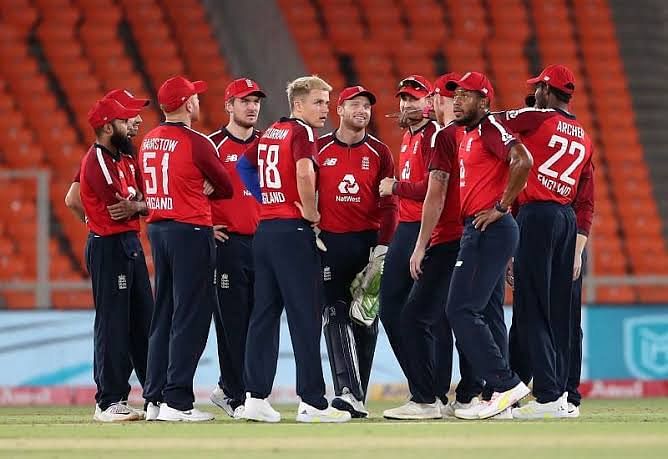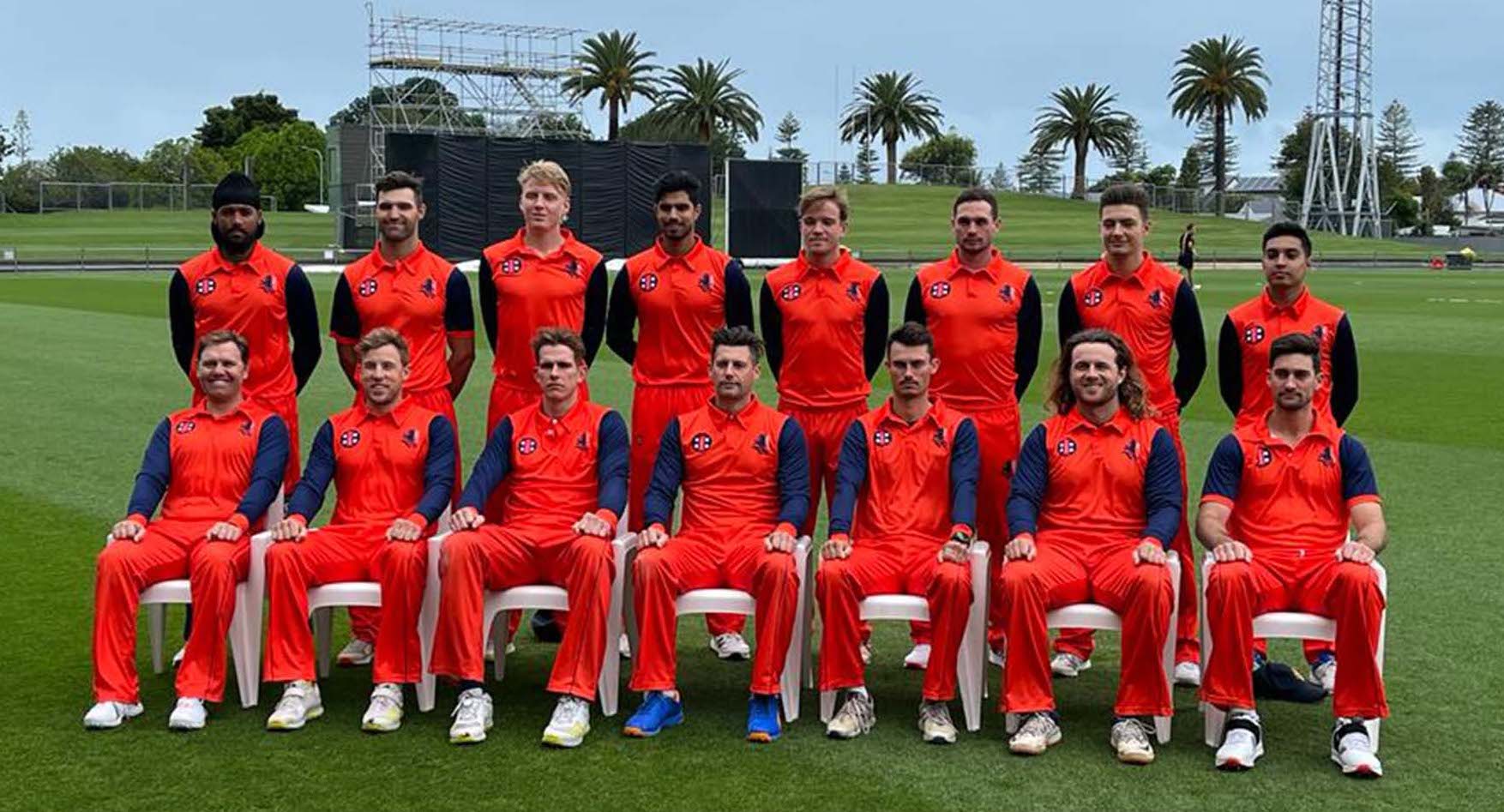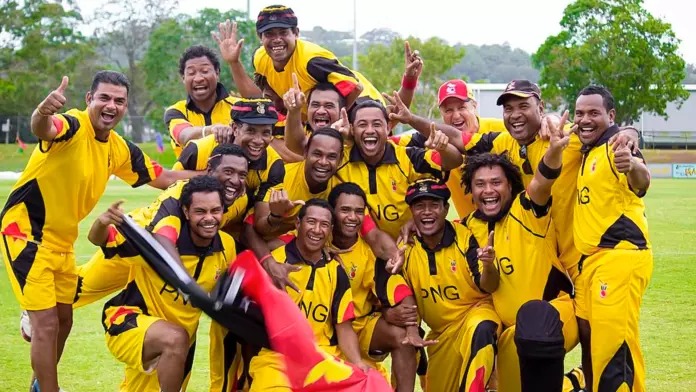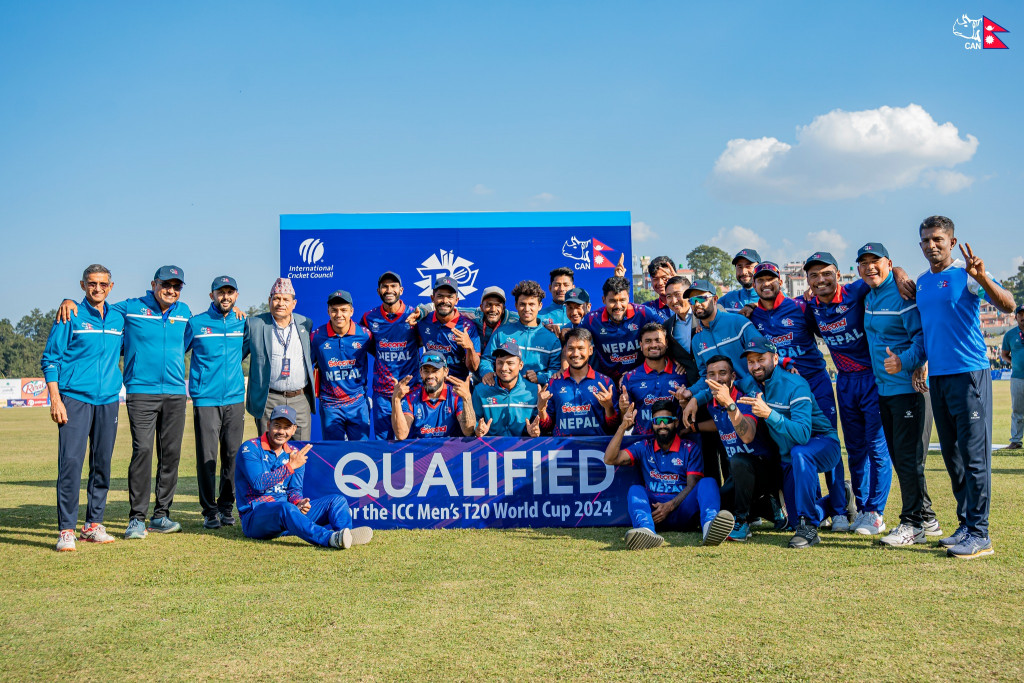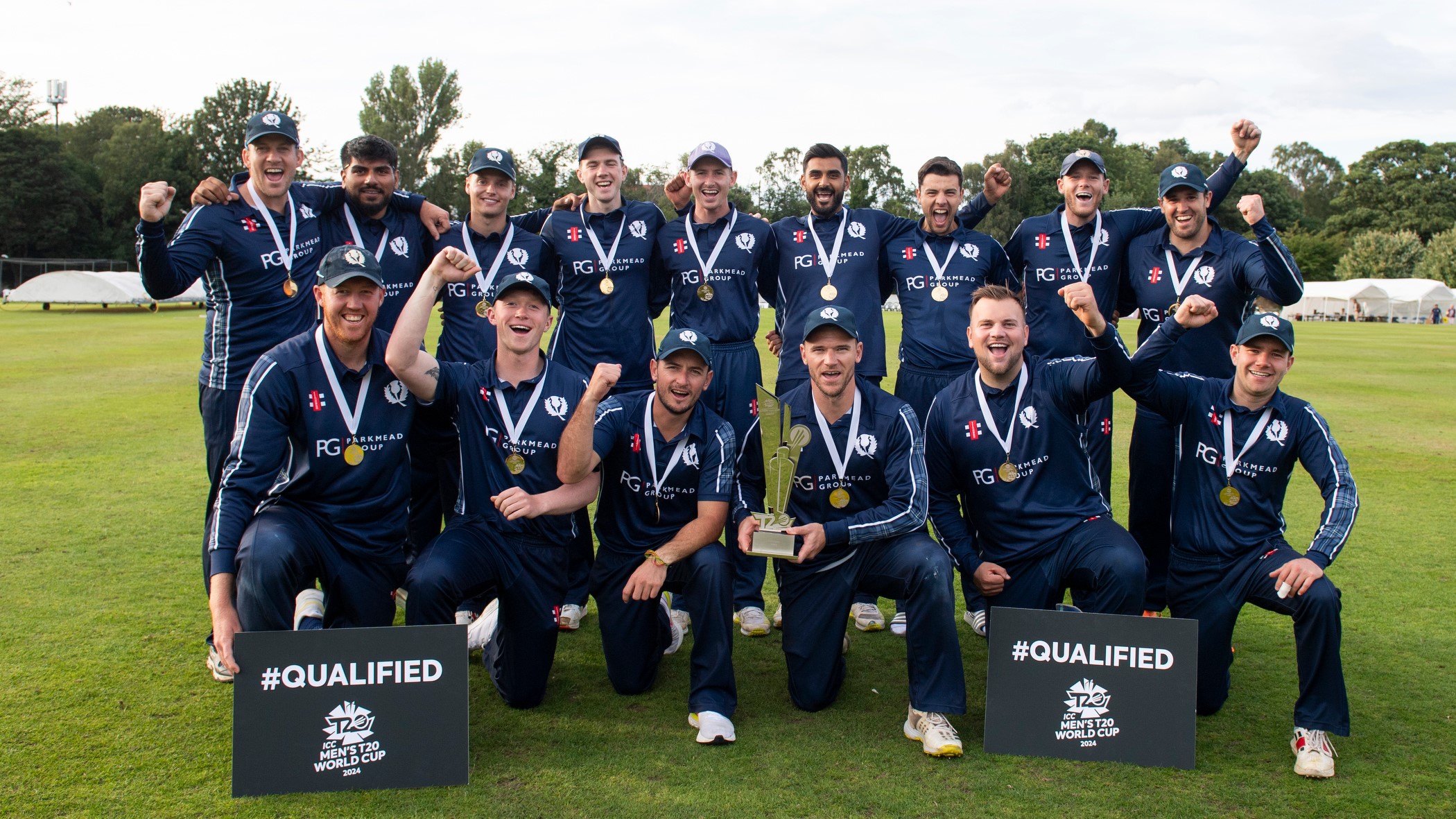In any discussions about cricket, it's always the oldest format of cricket, Test cricket that brings a lot of talking points to the table or the most player format of the game, T20 cricket. However, today, Cricwizz presents to you how ODI cricket witnessed its evolution. Did you know how the idea of One Day International came up?
History
An outcome of a washed-out Test match, in order to avert the financial losses, it was decided that a One-day game would be played.
Both the sides had 40 overs to bowl, while the bowlers had to bowl eight balls in an over. Yes, eight and not six! This game took place on January 5 1971 between Australia and England at the Melbourne Cricket Ground.
Then in the late 1970s, Kerry Packer introduced the world with a World Series Cricket competition. Then in 1975, ICC regulated the ODI format but with teams bowling 60 overs each. Every bowler had 12 overs maximum to bowl and the inaugural World Cup (Prudential Cup as it sponsored the World Cup) was won by the West Indies, beating Australia, in a tournament that was held in England.
#HTInteractive | The evolution of ODI cricket batting in one chart https://t.co/p2IoHy3ArE #CT17@AbhinashKjha, @manas_sh pic.twitter.com/WzbsAlh2FZ
— Hindustan Times (@htTweets) June 9, 2017
The year 1978 allowed the world to see teams playing in colored outfits, broadcasting games in multiple areas, everything is done by Packer's Channel 9 for Australian viewers, helping players to be paid for their performances, and also the commencement of the use of the white ball in ODI cricket.
Rules and Restrictions
When ODI cricket was played in 60 overs, we didn't come across any high scores, and then in the 1980-81 season, field restrictions became a part of the format too. By the 1983 World Cup, we not only had field Restrictions but also a 30-yard circle. Since then, ODI cricket has grabbed a grip in several nations.
The 60-overs felt like a lot to many nations and the time consumption led to the game being halted in between as multiple nations didn't have enough daylight.
Four years later, in 1987, we saw a World Cup with 50 overs, India and Pakistan were the hosts and it was the first time that a World Cup was played without England hosting it.
Bowlers bowling 12 overs in an innings was shortened to 10 overs in the first-ever 50-over World Cup. Restrictions were added in the 1992 World Cup that happened next, with only two fielders outside the 30-yard circle for the first 15 overs, followed by five players permitted outside the circle from the 16th over.
The powerplay rules have seen several altercations, with the 15-over power play turned into a 10-over and then the 5-over batting powerplay and bowling powerplay too, all of which was shelved in the late 2000s. By that time, the nations were used to colored outfits.
In 2015, ICC removed the batting powerplay, allowing 5 fielders outside the 30-yard circle for the last 10 overs.
The change in approach in terms of overs With 60 overs to play and no field restrictions, teams couldn't even imagine the possibility of scoring 300 runs and above in ODI cricket.
However, as time progressed, we saw teams changing their approach towards ODI cricket. The game got more competitive and the batsmen found it easy to score more with the field restrictions in place. A lot of factors like the quality and the weight of the bats also changed, again, in the favor of the batsmen so that they could score more. Pitches started to be curated in a way that the batsmen could score freely.
With all this, with every passing year, the batsmen also showed their creative side to the world. Innovative shots were coming from nowhere, with every player trying to better his adversary. When we compare the average scores and average run rate of ODIs after every World Cup before the beginning of the next World Cup, we always see an improvement.
The only exception being the period between 1975 to 1979 where the average score and the run rate of teams decreased as compared to the ODIs between 1971 and 1975.
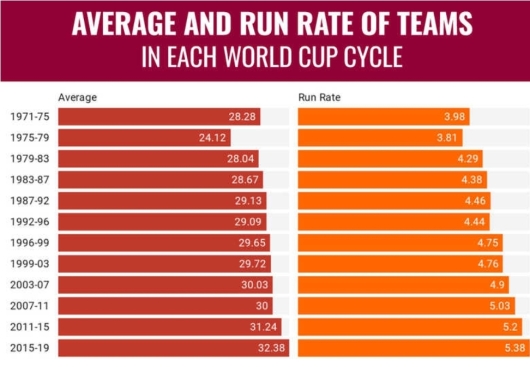
Change in Approach of the batsmen In different positions
Similarly, when the strike rates of batsmen were compared with every passing World Cup, be it any position, the top order, the upper middle-order, or the lower middle-order, most of the time we witnessed a better percentage.

This shows that batsmen have gotten better, more innovative, and have found ways to score more years with every passing World Cup.
The batsmen want to score more and if they start slow, the expectation is to cover up in the middle overs. However, in the case of a strong start, batsmen don't think of slowing down, they only feel the urge to accelerate at a higher rate than their current rate.
Change in approach in Day/Night games
There was a time when teams were `1afraid to chase. Batting first seemed like the best and only way to win games but over the years, cricket has changed in such a way that players fancy chasing irrespective of the score.
As far as the D/N matches are concerned, dew plays a huge role in batsmen preferring to chase as the ball gets wet frequently and bowlers have a tough time managing their lengths.
Did you know?
#The first D/N ODI was played in the year 1979 between Australia and England at the MCG. It was after a hangfire between World Series Cricket and ICC that the decision to conduct D/N matches was sanctioned.
#The first D/N Test match to be played was between Australia and New Zealand in the year 2015.
However, a backdrop of this approach is if the wicket starts turning in the second innings or if a strong breeze helps the pacers in the ball's movement in the air. Thus, chasing can turn out to be risky, but batsmen are not scared to put things on the line.
To summarise it, ODI cricket went from being a shorter version of Test Cricket to becoming an extension of T20 cricket, with players attempting to start in the strongest ways possible in the first 20 overs and then going on to accelerate more towards the end of the innings. What do you think? How can ODI cricket change more?
Let us know via your social media accounts. Follow Cricwizz on Instagram and Twitter for more updates. Stay tuned with Cricwizz for the best cricket content.

